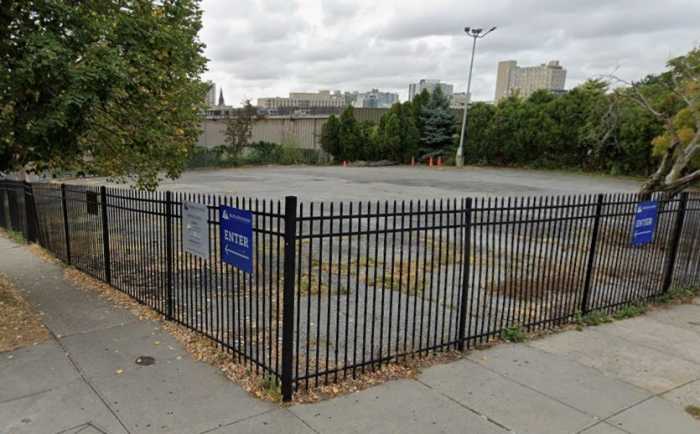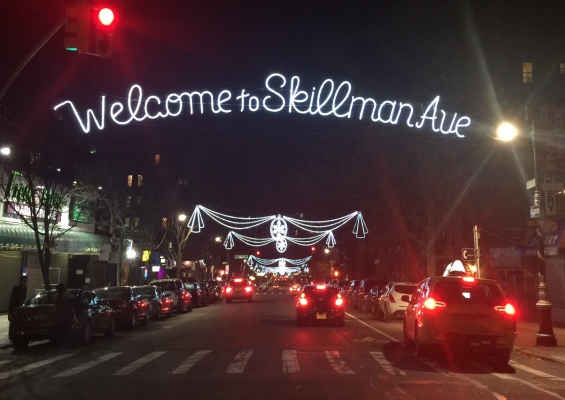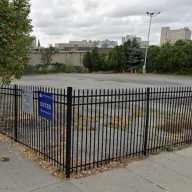By Betsy Scheinbart
The baseball players he coached, the men and women whose lives he touched, the college administrators he worked with over the years, and two of New York City's borough presidents gathered at York College in Jamaica Monday night to honor Clarence Irving Sr.
“Generally, we celebrate historical figures,” Bronx Borough President Fernando Ferrer said of Black History Month. “We seldom celebrate that which is living around us, and tonight we will all celebrate the contributions of a man who has spent 54 years of his life in community service and the development of youth.”
Irving, who lived for many years in St. Albans and still has a home in Cambria Heights, is most commonly known as the founder of the Black American Heritage Foundation, but also coached two sandlot baseball teams in the 1940s and '50s.
At the same time, Irving worked as an electrical planner for Con Edison for 32 years.
“We all know Clarence as the founder of BAHF,” said Queens Borough President Claire Shulman, “but he held two full-time jobs, and he did them both well.”
Shulman added that Irving was one of the first people she met when she came to Borough Hall. At that time, he was an avid stamp collector.
Irving's interest in stamps turned into a 1975 proposal for the first U.S. Postal Service stamp featuring a black woman, which lead to the creation of the Black Heritage Series. The just-released Roy Wilkins commemorative stamp is the latest addition to the series.
Also in 1975, at the request of York College, Irving prepared for the United States Bicentennial in 1976 by publishing a pamphlet, “Black American Heritage Trail,” a historical journey through St. Albans and Jamaica including the location of the first black settlement and the home of Count Basie.
Irving was honored with plaques from York College and a certificate from the office of City Councilman Archie Spigner (D-St. Albans).
“Congratulations, Clarence, you are a giant, you are a maker of men, and you keep a lot of women straight, too,” York College President Charles Kidd said to thunderous laughter from the audience.
Irving formed the Black American Heritage Foundation, a historical society, in 1984 and in 1989 he joined with York College to establish a music history archive.
In 1968, then-Mayor John Lindsay asked Irving to coordinate activities for young people living in the city's public housing projects.
Irving shared his response to the mayor's request and explained how he bridged athletics and cultural events.
“I said, 'Give them something to do in the evening, and some athletics to do in the day,'” Irving recounted. “I wanted to see young people develop, and not in a way that would be offensive to a lot of people.”
Irving was visibly moved by the tribute and continually thanked all his friends, teammates, former teachers and family in his tearful speech, sharing the spotlight with several folks he dragged up to the mic, including City Councilwoman Helen Marshall (D-East Elmhurst), whom Irving acknowledged as a “sister.”
Gus Harris, a former player for both the Falcons and the Bisons, told the story of his former teammate Jimmy McGowan, who was attacked by a violent gang and left paralyzed, but went on to become a rhythm and blues singer.
“It shows Clarence's character, that this is his night, but he wanted Jimmy's story to be told,” Harris said.
Reach reporter Betsy Scheinbart by e-mail at Timesledgr@aol.com or call 229-0300 Ext. 138.

































